Spotted Wing Drosophila IPM
This webpage serves as a guide consolidating information on SWD and outlining the standard IPM management program for Pacific Northwest small fruit growers. While individual farms must create tailored management plans that consider various farm, crop, and market factors, this guide presents the standard approach upon which these plans can be based.
SWD Larvae
SWD causes crop damage by laying its eggs inside ripe fruit and when larvae emerge, they feed upon the inside of the fruit.
Our Resources
Grower Resources
Fruit Handling Resources
End Consumer Resources
Spotted Wing Drosophila (SWD) is a major pest affecting small fruit crops in the Pacific Northwest.
General SWD Facts
After years of studying SWD, we have a clear understanding of its behavior and the factors that contribute to its risk, which helps us develop effective ways to manage it and reduce economic losses.
Here are some important trends about SWD in the Northwest that can help us shape our Integrated Pest Management (IPM) strategies:
- SWD populations build over the course of the season and thus so does field pressure. Early-season crops are at minimal risk, while later-season crops face considerably higher risk.
- Populations vary widely based on location and surrounding habitats. There are many “risk factors” from cultural practices to general landscape that have a massive impact on individual field pressure.
- Populations can vary seasonally due to winter survival and weather conditions.High pressure in early seasons is rare, averaging about once every five years. The goldilocks conditions for SWD are typically between 64-82 degrees Fahrenheit which is when most active breeding will occur. Extreme temperatures and dry, windy conditions with high UV exposure can significantly reduce their numbers. View grower resources here
- SWD will almost always move from border habitats into field edges. Though they will lay eggs/breed in fruit in the field, the open field environment is not conducive habitat and their populations will naturally reside in thickly tree covered vegetative areas. It takes a relatively long time for wide-scale field issues with larval presence to develop. Monitoring can detect very low levels that can be managed well before any economic or market detectable threshold is reached.
- A wide range of field tools are effective at managing SWD in adult AND larval stages.
- SWD is ubiquitous in the environment. There will always likely be at least a few in any given area at any time of year. However, they tend to be more common in spots that offer the best shelter and living conditions.
What is Zero Tolerance and where is it enforced?
Consumers and buyers determine the level of SWD risk fruit can withstand. Processors enforce this expectation by setting an allowable amount of SWD larvae found in the fruit. With Zero Tolerance, that allowable amount is zero larvae in fruit. Growers have been responsible for adhering to this tolerance level by using Integrated Pest Management techniques. Most processors have a Zero Tolerance SWD requirement except in low yield years. 15 years of research and in field trials have demonstrated:
- Early/mid season Blueberry and strawberry have the lowest attraction of SWD invasion even in higher risk years.
- Depending on the overwintering SWD population and preharvest weather conditions, raspberry and blackberry have moderate to high susceptibility as harvest progresses.
Zero tolerance depends on the market you are in (lower tolerance for fresh market fruit vs higher tolerance for lower grades of fruit) and the supply of that season (higher yield seasons = lower SWD tolerance before downgrade of fruit, vs lower yield season = higher tolerance before downgrade of fruit happens). There are non-pesticide measures that growers are doing to get a quality product while protecting bees and the land in an environmentally conscious way.
Spotted Wing Drosophila (SWD) is a major pest affecting small fruit crops in the Pacific Northwest.

Additional SWD Resources
SWD IPM Information
© Northwest Berry Foundation. 2025 All Rights Reserved.

